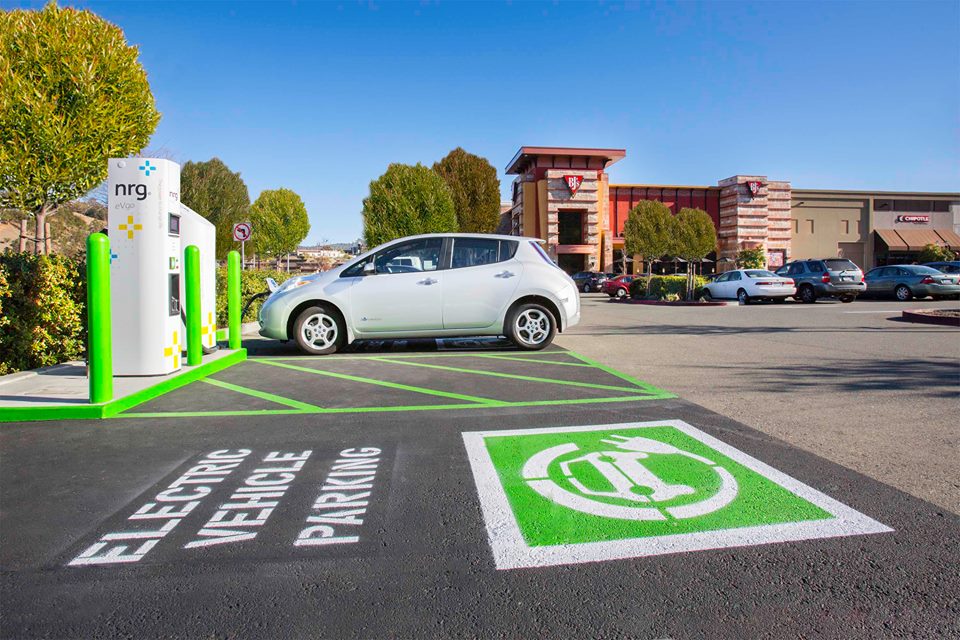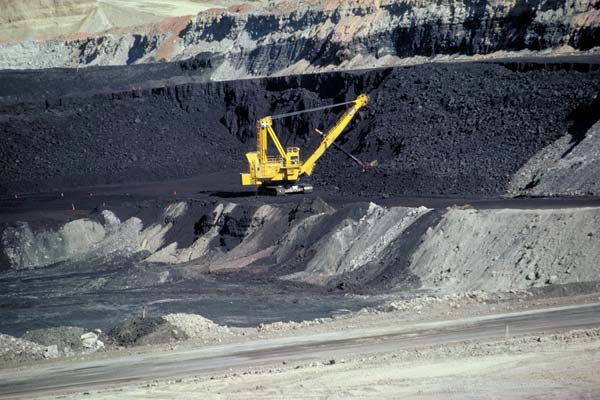![Electric Avenue charging stations in Portland, Oregon [photo: Portland General Electric] Electric Avenue charging stations in Portland, Oregon [photo: Portland General Electric]](https://images.hgmsites.net/lrg/electric-avenue-charging-stations-in-portland-oregon-photo-portland-general-electric_100532762_l.jpg)
Electric Avenue charging stations in Portland, Oregon [photo: Portland General Electric]
Electric-car ownership allows you to break free from petroleum dependence—and to instead plug in and spend your energy dollars locally and regionally, on energy from the grid.
Yet in Oregon, a proposal that would let utility companies invest in regional charging infrastructure—and make that transition a little easier, perhaps—is getting some strong pushback.
Last month, the Oregonian published an editorial that included accusations of environmental groups bullying regulators, concerning a low-carbon fuel proposal that would create a credits-based marketplace to subsidize low-emission fuels, and allow utilities to pass along to its customers some of the cost of building charging infrastructure.
The Oregonian, which rallied to put the discussion off until the 2017 legislative session [Oregon is one of a few states that only has full-length state legislative sessions every other year] cited comments noting “deep concerns” about the effectiveness of the plan, from the chair of the Oregon Public Utility Commission, Susan Ackerman. Other comments came from another member, claiming that the proposal wouldn’t actually assure a carbon benefit or take coal plants offline—and that it would require higher-cost resources.
The paper's editorial board, which often takes a conservative counterpoint to the region's decidedly liberal leanings in recent years, argued that the low-carbon fuel standard would hit motorists every time they filled their tanks—with a potential rise of up to 19 cents per gallon of gasoline—and that “the no-coal bill [it would require a phase-out of coal use by 2035] would force them to subsidize the construction of charging stations every time they turned on their TVs.”
The issue roughly parallels one that’s happening in California, where there’s a debate over whether public utilities should fund charging stations—and if so, how it should.

NRG eVgo electric-car charging station
Do states and utilities need to step up...or automakers?
There’s no additional federal funding for EVs for the foreseeable future (after the EV Project created last decade missed an opportunity to focus on speedier Level 3 chargers); meanwhile some automakers (Nissan, BMW, and Volkswagen) have committed to fund smaller charging networks—a mix of Level 2 and Level 3—while others (most notably GM) have kept entirely away from investing in charging infrastructure.
Tesla Motors, meanwhile, has funded a robust network of Supercharger DC quick-charging stations, yet it’s limited to Tesla vehicles.
The Oregon bill has significant support—including, of course, from several major public utilities, including Portland General Electric, which has been especially proactive in charger installations and supportive of the EV community.
Jeff Allen, the director of Drive Oregon, an advocacy group representing the electric-vehicle industry, then argued in a concise rebuttal that more electric vehicles will actually bring rates down for all ratepayers in the state—as it will promote investment in power plants, transmission lines, and “fixed” infrastructure.
A cleaner future, plus lots of other pros
Allen mentions the dramatic carbon reduction, the fun-to-drive qualities of electric vehicles, and the enormous economic benefits—like how Oregonians spend about $6 billion a year on gasoline, and how each electric car brings a $7,500 federal tax credit to Oregon and can increase the GDP by as much as $2,000 through jobs and tax revenue.
He also cites a California study that found each electric car to be worth between $2,788 and $9,799 to the utility and its ratepayers.

Coal Mine
Currently statewide, about a third of Oregon’s energy comes from coal. The balance would be made up over time by more wind and solar, as well as new generation plants using other power sources.
One of those missing “on the ground” pieces not mentioned directly by either side remains the cashflow issue: that most charging stations don’t pay for themselves, in terms of siting, installation, operating costs, and maintenance. In 2012, policy researchers at UCLA found that the market, as it was, wouldn’t allow site owners to benefit financially, and it recommended subsidies for site owners to encourage EVSEs.

Blink network - charging by the kWh
Back then, the charging-station issues were called out as classic chicken-and-egg problems—that chargers were essential for EV adoption, yet the installation didn’t altogether make sense without enough EVs on the road.
Now, in 2016, the issue is far more complex than that. Some urban and point-of-interest charging might “pay for itself,” even if you count that to include all the costs involved. But the lack of Level 3 charging infrastructure—especially, in Oregon, that which is compatible with the CCS standard—is one of the barriers.
The missing link for incentives?
Many of the federal and state subsidies have rewarded manufacturers and network operators but have failed to address the continued need for incentives at the site-owner level; and it begs the question of how a compromise could take form to bring location-dependent incentives—or some kind of overarching plan to charging-system deployment—back.
Meanwhile, the debate will rage on as to the direct and indirect benefits, to the public and to utility ratepayers, of EV charging stations. And in California and Oregon, they're issues to watch. The EV market will grow in any case, but even considering the longer-range EVs soon on the way, the rate of growth nationally depends on the outcome.
_________________________________________













